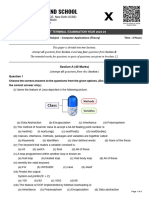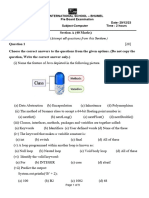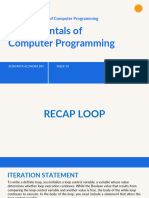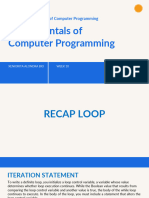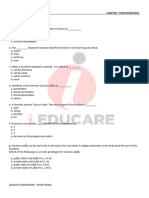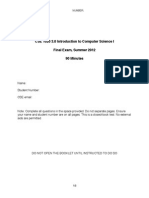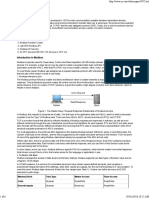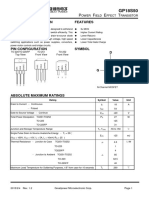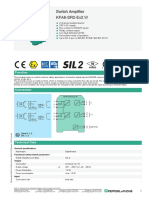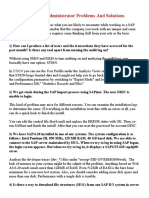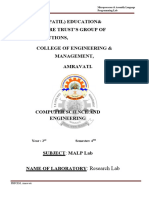0% found this document useful (0 votes)
13 views7 pagesCheats Code Sheet
The document outlines user-defined methods/functions in programming, detailing parameters, return types, and the distinction between pure and impure functions. It also covers looping constructs, assertions related to loops, and the String library, including various string methods and their functionalities. Additionally, it explains the immutability of String objects and the use of character methods in Java.
Uploaded by
nowduri.skCopyright
© © All Rights Reserved
We take content rights seriously. If you suspect this is your content, claim it here.
Available Formats
Download as PDF, TXT or read online on Scribd
0% found this document useful (0 votes)
13 views7 pagesCheats Code Sheet
The document outlines user-defined methods/functions in programming, detailing parameters, return types, and the distinction between pure and impure functions. It also covers looping constructs, assertions related to loops, and the String library, including various string methods and their functionalities. Additionally, it explains the immutability of String objects and the use of character methods in Java.
Uploaded by
nowduri.skCopyright
© © All Rights Reserved
We take content rights seriously. If you suspect this is your content, claim it here.
Available Formats
Download as PDF, TXT or read online on Scribd
/ 7












